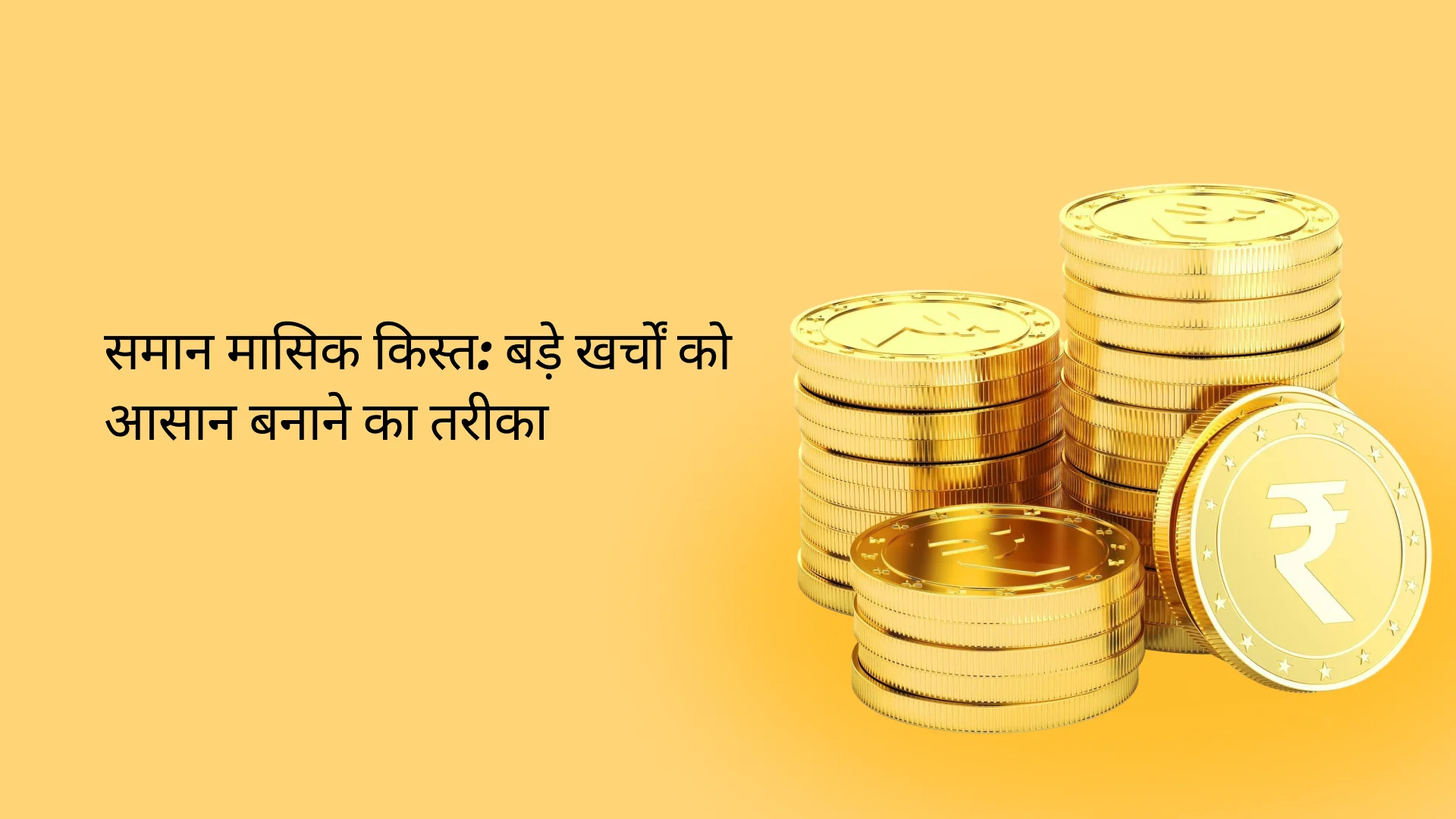Repo Rate Vs Reverse Repo Rate: Know Differences

Repo rate and reverse repo rate are two crucial elements that can play a significant role in determining the way you take loans, where you invest your money, and when you make your purchases in goods and services. But that’s not all. It’s responsible for managing the cash flow and controlling the inflation of the Indian economy.
The latest repo and reverse repo rate of India is 6.5% and 3.35% respectively. And while it may seem that this rate may not affect you directly, understanding how repo rate vs reverse repo rate work can help you make the right financial decisions at the right time. Keep reading this blog to understand the meaning of reverse repo rate and repo rate.
Table of Contents
ToggleWhat is Repo Rate?
The way you might take a loan when you’re short on cash, in the same way, commercial banks and financial institutions borrow money from the central bank when they need money. And the rate at which they borrow money is called the repo rate or repurchase option rate.
In India, the Reserve Bank of India (RBI) decides this rate based on the monetary policy. When banks take a loan from RBI against collateral like bonds, treasury bills etc., they offer to purchase it back after the repayment is completed. This is why it’s called repurchasing power rate. If a financial institution wants to borrow the money without pledging any collateral, they can borrow at the bank rate.
Read Must: What is Repo Rate? Why does it matter?
How Does Repo Rate Work?
Keep track of the latest repo and reverse repo rate because this is what happens when there is an increase in the repo rate of a country:
Increase In Deposit Rate
The deposit rate offered by banks increases when there’s an increase in the repo rate. This makes it a good time for you to put your money into recurring deposit as it will get you a higher return.
Decrease In Demand For Goods And Services
A change in the interest rate of personal loans also changes the way people make their purchases. When the central bank increases the repo rate to control inflation, you will find a lower number of people making big-ticket purchases.
Decrease In New Employment Opportunities
Since the rise in repo rate leads to a rise in the interest rate on big-ticket loans, business owners avoid taking business loans. This leads to a decrease in the employment opportunities in the market.
Current Repo Rate in India
Based on the monetary policy, the Reserve Bank of India decides the latest repo and reverse repo rate to control the inflation and cashflow in the market.
According to the latest reports issued by the RBI on 6th October 2023, the repo rate of India remains unchanged at 6.5% as decided by the Monetary Policy Committee (MPC). The repo rate of India has remained unchanged since 8th February 2023.
What is Reverse Repo Rate?
While repo rate is the interest rate at which commercial banks and financial institutions borrow money from the central bank, reverse repo rate is the opposite.
The meaning of reverse repo rate is the interest rate at which the central bank borrows money from banks and other financial institutions. Or in other words, it is the rate at which banks and financial institutions park their excess funds with the central bank for a short duration.
According to the latest reports issued on 6th October 2023 by the RBI, the current reverse repo rate remains unchanged at 3.35%.
How Does Reverse Repo Rate Work?
As mentioned above, the reverse repo rate is the rate at which commercial banks park their money with the Reserve Bank of India.
The central bank decides the reverse repo rate to control the flow of money in the economy. When there is an increase in the reverse repo rate the supply of money in the economy decreases.
This current reverse repo rate is decided according to the reverse repurchase agreement. The reverse repo rate is usually lesser as compared to the repo rate.
Distinction Between Repo Rate vs Reverse Repo Rate
| Comparison | Repo Rate | Reverse Repo Rate |
| Full Form And What It Means? | Full form:
Meaning: | Full form: Reverse repo rate stands for reverse repurchase option rate.
Meaning: The rate at which commercial banks and financial institutions park their excess funds with the central bank (RBI) is called the repo rate. |
| Borrower and Lender | Borrower: Commercial banks and lending institutions Lender: Central Bank (Reserve Bank of India) | Borrower: Central Bank (Reserve Bank of India) Lender: Commercial banks and lending institutions |
| Objective | The repo rate is controlled to manage the deficiency of funds. | The reverse repo rate is controlled to manage the flow of money in the economy. |
| Interest Rate Applied | Repo rate is comparatively higher. | Repo rate is comparatively lower. |
| Current Rate | The current repo rate of India is 6.5% | The current reverse repo rate of India is 3.35% |
| Increase in Rate | When the repo rate increases, loans become more expensive as the interest rate on them becomes higher. | When the reverse repo rate increases, the supply of money in the economy decreases as more banks park their money with the RBI. |
| Decrease in Rate | When the repo rate decreases, the interest rate applied on different kinds of loans become more affordable. | The supply of money in the economy increases with the decrease in the reverse repo rate. |
Conclusion
The RBI is responsible for deciding the repo rate and reverse repo rate of India, based on the monetary policy. And having a basic understanding about how the two work can help you take a personal loan, invest money and purchase goods at the right time.
Frequently Asked Questions (FAQs)
Why Is The Reverse Repo Rate Lower Than Repo Rate?
Reverse Repo Rate is lower than Repo Rate because RBI wants to encourage commercial banks and other financial institutions to lend to people and businesses rather than depositing the money with them.
What Is The Link Between Home Loans And Repo Rate As Well As Reverse Repo Rate?
When the repo rates and reverse repo rates increase, so does the interest rate charged on home loans.
What Is The Current Repo Rate?
Based on the latest report issued by RBI on 6th October 2023, the current reverse repo rate of India is 6.5%.
What Is The Current Reverse Repo Rate In India?
The meaning of reverse repo rate is the interest rate at which the central bank borrows money from banks and other financial institutions. Based on the latest report issued by RBI on 6th October 2023, the current reverse repo rate of India is 3.35%.
What Happens If The Reverse Repo Rate Is Increased?
When the reverse repo rate increases, the flow of money in the market decreases as more banks and financial institutions park their money with the RBI.
What Is BPS Or Basis Point?
BPS or Basis point is a unit of measurement of the percentage change in a financial instrument.
Who Decides The Repo Rate?
In India, the Reserve Bank of India decides the repo rate according to the monetary policy.
What Is LAF?
LAF stands for liquidity adjustment facility which is a tool that allows commercial banks to borrow and lend money to the RBI.
What Is CRR And SLR?
CRR or Cash Reserve Ratio is the percentage of deposit that banks have with the RBI in the form of liquid cash.
– SLR or Statutory Liquidity Ratio is the minimum amount of reserve that a bank has to maintain.
YOU MAY ALSO LIKE

Search by posts
Recent post
-
 Instant ₹10,000 Loan Without Salary Slip – Quick Approval
Instant ₹10,000 Loan Without Salary Slip – Quick Approval
-
 समान मासिक किस्त: आपकी वित्तीय खर्चों को आसान बनाने वाला तरीका
समान मासिक किस्त: आपकी वित्तीय खर्चों को आसान बनाने वाला तरीका
-
 Apply for 50000 Rupees Loan Urgently: Get Disbursed in Few Minutes
Apply for 50000 Rupees Loan Urgently: Get Disbursed in Few Minutes
-
 How to get Instant Loan on Aadhaar Card without Salary Slip
How to get Instant Loan on Aadhaar Card without Salary Slip
-
 How to Apply for a Rs. 25,000 Loan on an Aadhaar Card?
How to Apply for a Rs. 25,000 Loan on an Aadhaar Card?
Categories
- Blog (6)
- Credit History (36)
- Credit Line (7)
- Festive (4)
- Finance (15)
- Mutual Fund (19)
- Personal Loan (276)
- Tax (8)
- Zype (4)













